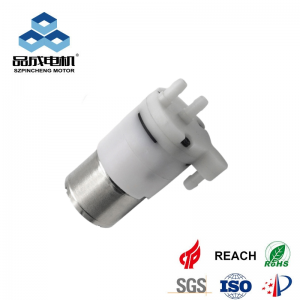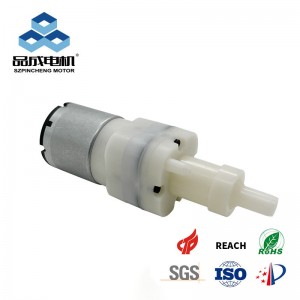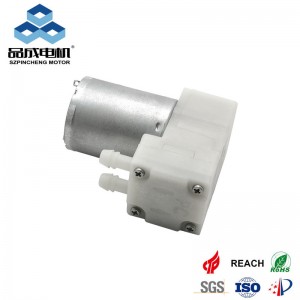Foam soap dispensers have become a staple in homes, restaurants, and offices, offering a luxurious, hygienic, and efficient handwashing experience. But have you ever wondered what makes these devices work so well? The secret lies entirely in the pump. Not just any pump will do; creating a stable, rich foam requires a specific and ingenious piece of engineering.
Why Standard Liquid Pumps Don't Work
First, it's important to understand why a regular lotion or liquid soap pump cannot create foam. Standard liquid pumps are designed to draw and dispense a single substance—the liquid itself. They have a simple vacuum mechanism that pulls the liquid up through a tube and releases it upon pressing.A Micro Foam Pump, on the other hand, is a dual-action device. Its primary job is not just to move liquid, but to mix it with air in a precise ratio to create foam. Attempting to use a standard pump will only result in a stream of diluted soap, not the desired foam.
The Anatomy of a Micro Foam Pump: How It Creates Perfect Foam
A Foam Dispenser Pump is a marvel of simple yet effective engineering. Its suitability comes from its specialized components, which work in harmony:
1、Dual-Air Intake System: This is the most critical differentiator. When you press the lever, the pump creates a vacuum that performs two actions simultaneously:
- It draws a small, measured amount of liquid soap from the bottle.
- It pulls in a large volume of air from a separate intake valve.
2、The Mixing Chamber: The precisely measured liquid and air are forced into a small chamber where they begin to combine. This chamber is designed to create turbulence, initiating the mixing process.
3、The Aerating Mesh Screen: This is the heart of the Micro Foam Pump. The air-liquid mixture is pushed under pressure through a very fine, stainless steel or plastic mesh screen. This screen acts as a homogenizer, shredding the liquid film and trapping air into millions of microscopic bubbles, resulting in a consistent, dry, and stable foam.
The entire process ensures product conservation, as a single pump dispenses about 80% air and only 20% liquid soap.
Key Features of an Effective Compact Foam Pump
When selecting or identifying a high-quality pump for your dispenser, look for these characteristics:
1、Fine Mesh Screen: The quality and fineness of the mesh directly determine the richness and stability of the foam. A superior mesh prevents large bubbles and a watery consistency.
2、Precision Engineering: The internal seals, springs, and pistons must be manufactured to tight tolerances to maintain the correct air-to-liquid ratio with every single pump.
3、Durable Materials: Since the pump is in constant contact with soap and water, it must be made from corrosion-resistant materials like certain plastics, stainless steel for the spring, and a robust mesh.
4、Consistent Output: A good Compact Foam Pump will deliver the same volume and texture of foam from the first pump to the last, ensuring a reliable user experience.
Micro Foam Pumps vs. Other Dispensing Technologies
It's useful to contrast the Micro Foam Pump with other common dispenser pumps:
1、vs. Lotion Pumps: Designed for high-viscosity liquids. They lack an air intake system and a mesh screen, making them completely unsuitable for foaming.
2、vs. Bag-in-Box (BiB) Pumps: Often used in commercial touchless dispensers. While they can be part of a foaming system, the foaming mechanism itself still relies on a Micro Foam Pump module inside the dispenser unit. The BiB system simply holds the soap concentrate.
you like also all
Read More News
Post time: Sep-29-2025




